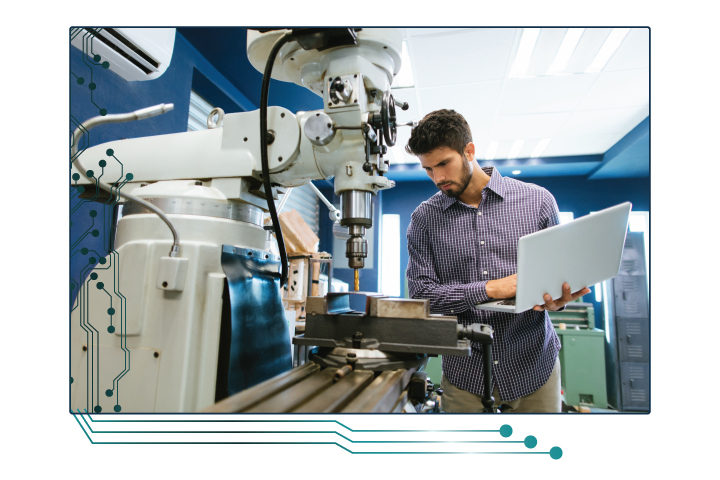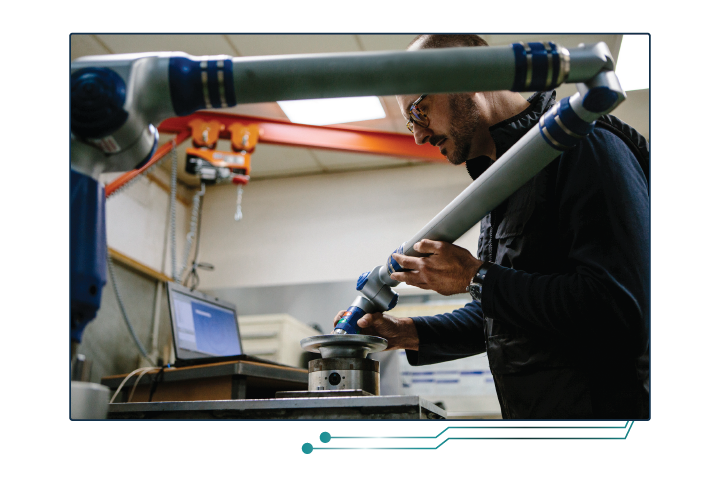![LD-Robotics-Hubspot_1920x1259[1] LD-Robotics-Hubspot_1920x1259[1]](https://resources.asme.org/hs-fs/hubfs/LearningDevelopment/Robotics/LD-Robotics-Hubspot_1920x1259%5B1%5D.jpg?width=1920&name=LD-Robotics-Hubspot_1920x1259%5B1%5D.jpg)
This eLearning course will teach you how to assess if robotics makes sense for your industrial processes based on budget considerations, implementation of good engineering, and safety practices.
With templated learning tools that you can use today or at any time, you’ll be able to assess if and how robotics can reduce your current labor costs, increase production volume, and free up your staff to take on more productive tasks.

The number of manufacturing companies using robotics will have doubled from 2016 to 2020. But the number of trained robotics integration engineers hasn’t. Not by a long shot.
You are an engineer who knows the ins and outs of your company’s workflow better than any outside integration source. What you need is integration training in a real-world environment that works with your schedule.

This ASME eLearning robotics course gives you the chance to learn on your own schedule, at your own pace. And most importantly, in your own work environment. It was specially designed with templated exercises for on-the-job training that teaches engineers how to:
ASME’s unique case-study method teaches you how to apply theory to a real-world situation — your own. Using your company’s workflow, you’ll learn all facets of robotic integration. This speeds up the learning process and allows you to bring your own insights and experience to the project that an outside source could not. To do this we use a variety of learning techniques such as:
including ASME's Automation Assessment Checklist that can be immediately applied to your everyday work.
for reviewing, selecting, and planning the integration of a robot to automate a portion of an industrial process successfully.
where learners practice prioritization, perform a suitability analysis, as well as assess economic and safety factors.

Mid-level manufacturing engineers who want the ability to understand and assess first-hand, the impact robotics can have on their manufacturing environment. Managers who are considering implementing a robotics plan or who are overseeing an ongoing integration.

After you take this course, you’ll be able to do the following:
Since its inception, ASME has been working with experts to drive safety while supporting the advancements of new technologies. As you’ll see, we’ve taken all this experience and expertise and applied it to our ASME Learning & Development courses.
ASME
Two Park Avenue
New York, NY 10016-5990
Email: CustomerCare@asme.org
